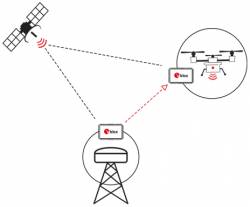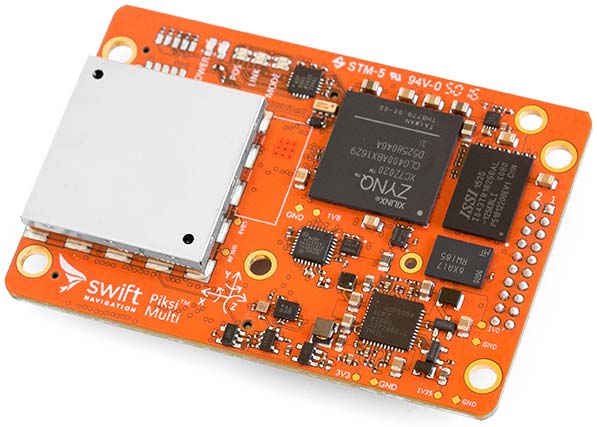
u-blox has released a firmware upgrade for its NEO-M8P that now supports China’s BeiDou GNSS system in addition to GPS and GLONASS.
Capable of real-time kinematic (RTK) positioning, the new NEO-M8P firmware now offers eight-hertz RTK update rates for GPS.
u-blox has released a firmware upgrade for its NEO-M8P that now supports China’s BeiDou GNSS system in addition to GPS and GLONASS.
Capable of real-time kinematic (RTK) positioning, the new NEO-M8P firmware now offers eight-hertz RTK update rates for GPS.
Customers that already have samples of NEO-M8P or the application board C94-M8P can access the new features by downloading the new firmware from the u-blox website. According to the company, a final set of feature updates will be available in the third quarter of 2016 with mass production starting in Q4.
Earlier, u-blox released its fourth generation firmware for 3D automotive dead reckoning (ADR) GNSS modules and chips. The upgraded GNSS receiver now offers real-time continuous navigation output with an update rate of 20 hertz, enabling low latency for applications such as interactive head-up displays, according to the company
As the new firmware includes Galileo, in addition to GPS, GLONASS, BeiDou, and regional and satellite-based augmentation systems, it also supports Galileo-based eCall, the European emergency call system, which will be required in new vehicles starting in 2018.
The DR performance has been enhanced, improving navigation performance especially in highly urban environments where satellite signals are heavily blocked by and reflected from buildings. The high performance of the u‑blox M8 concurrent positioning engine combined with the latest u-blox 3D ADR technology results in 100% coverage and continuous 3D positioning.
The new firmware will be delivered on u-blox NEO-M8L modules and is available for UBX-M8030-Kx-DR dead reckoning chips including the new automotive grade variant supporting operation up to 105 degrees C.





